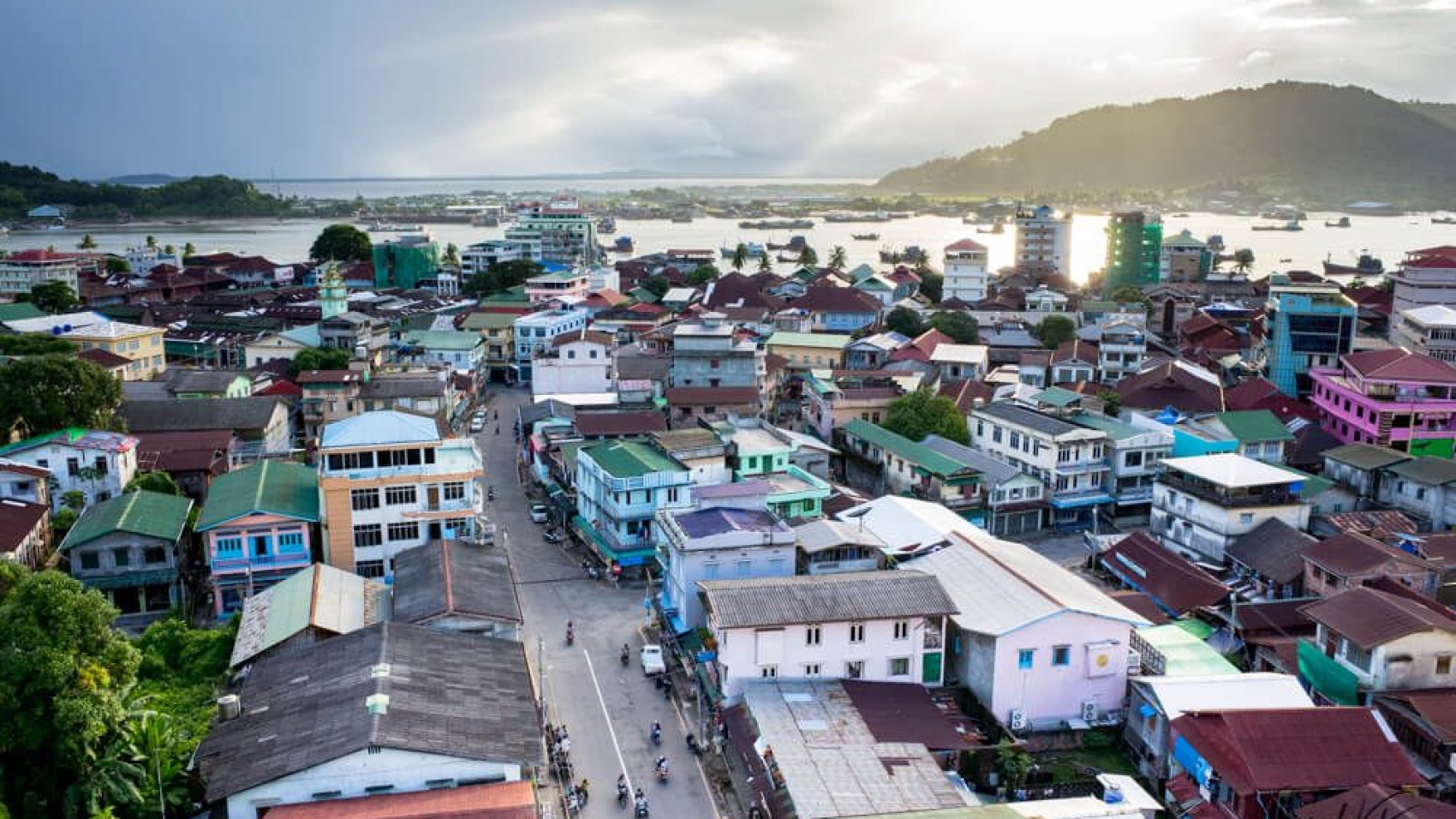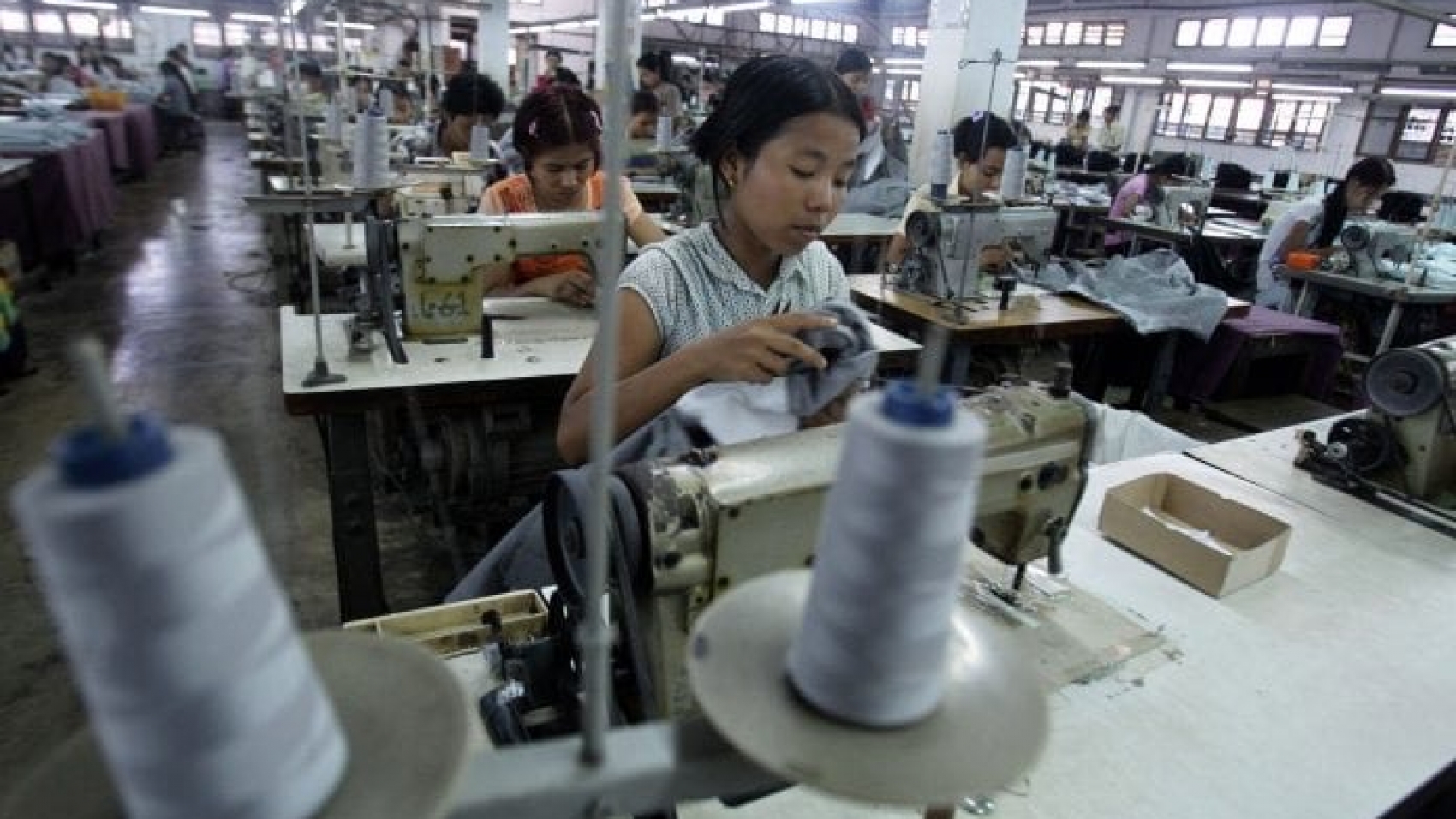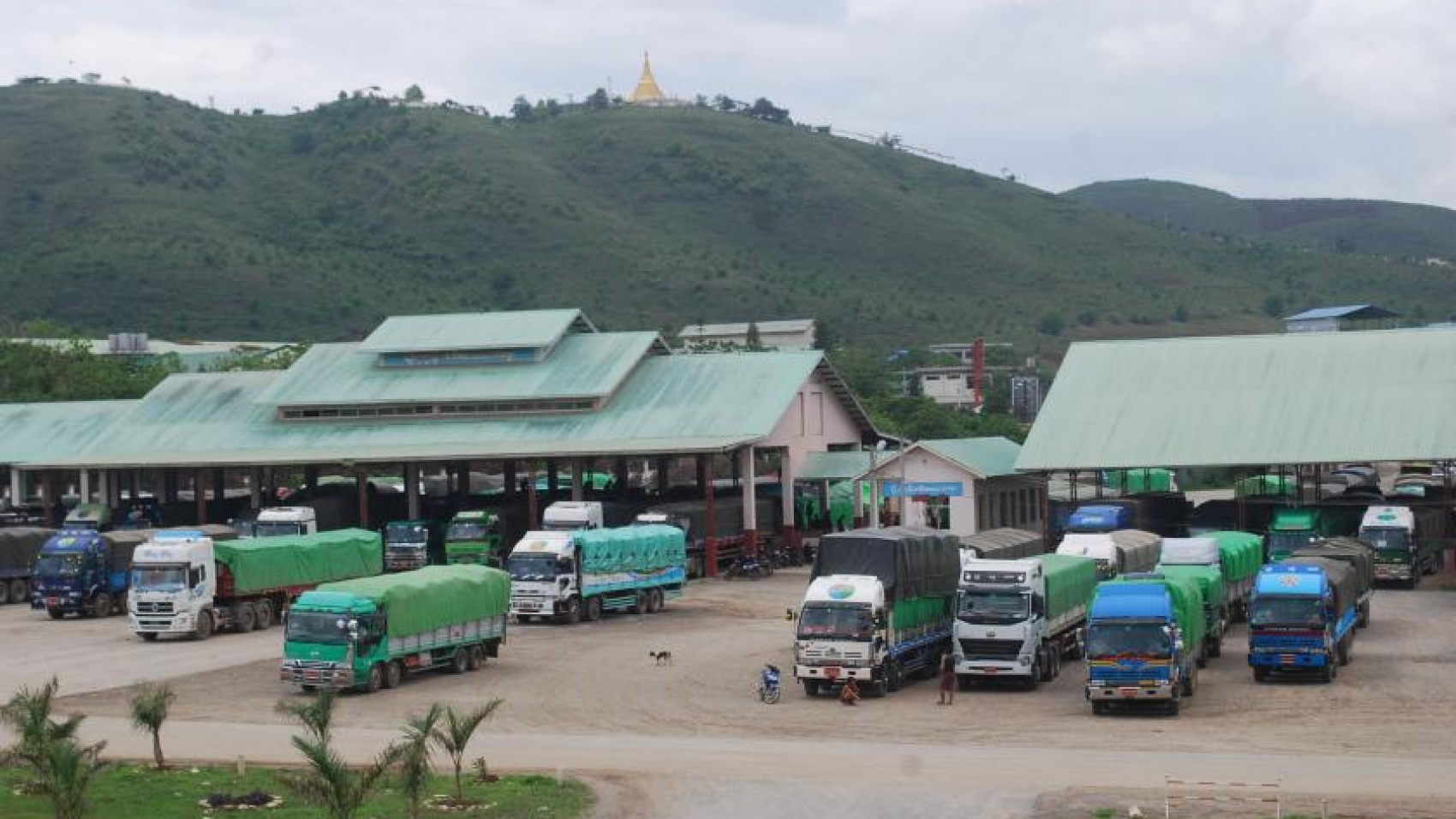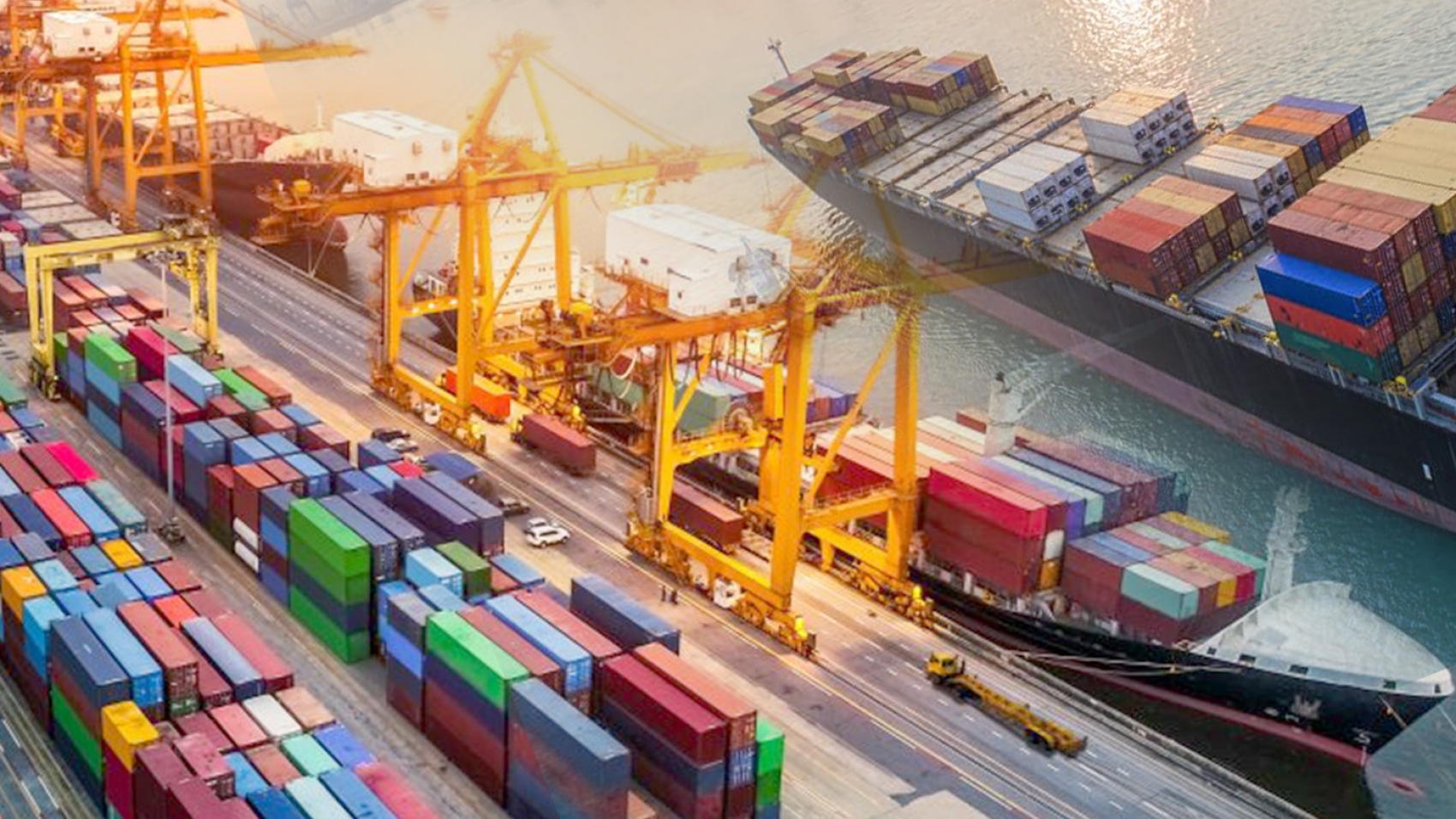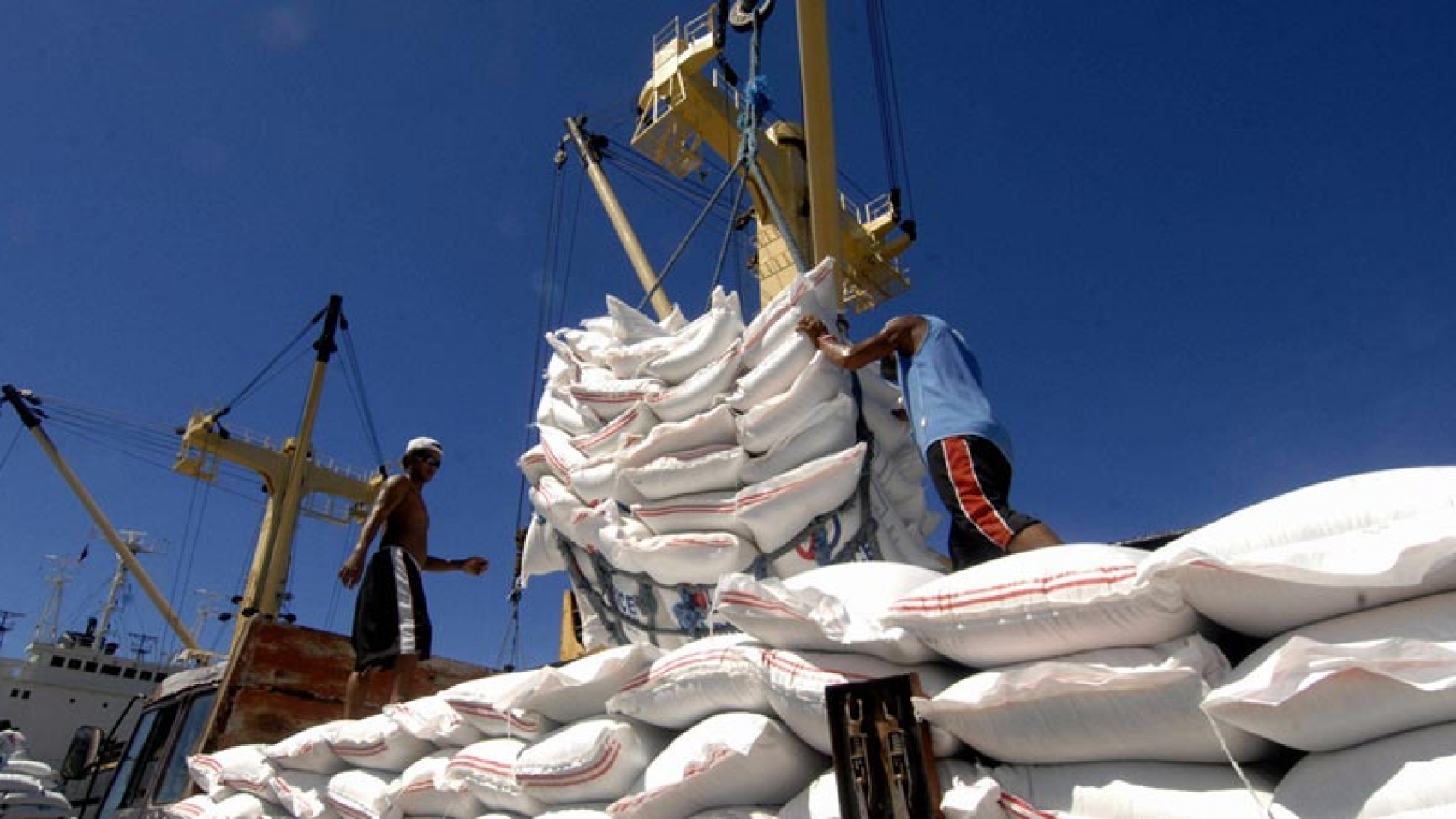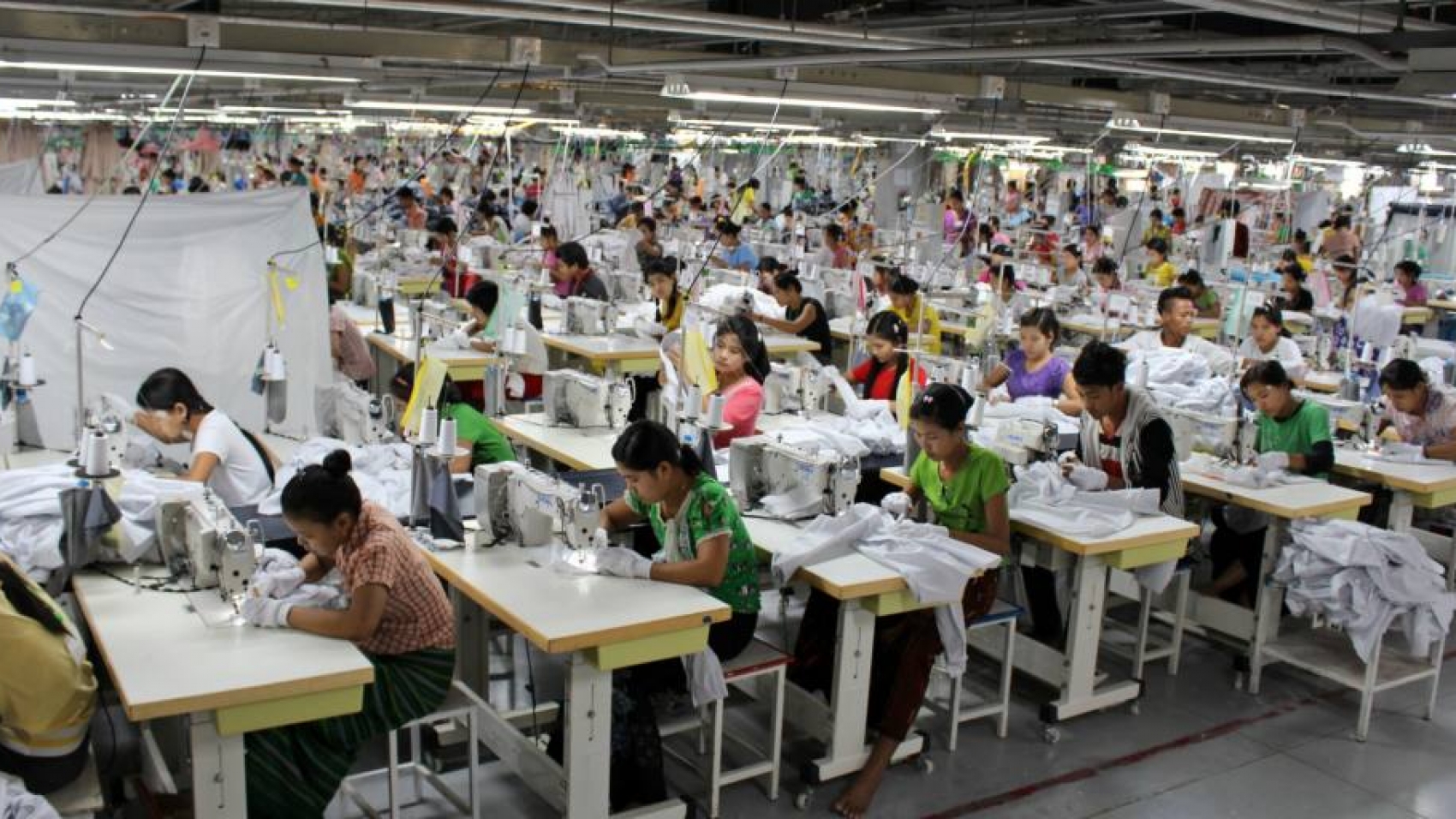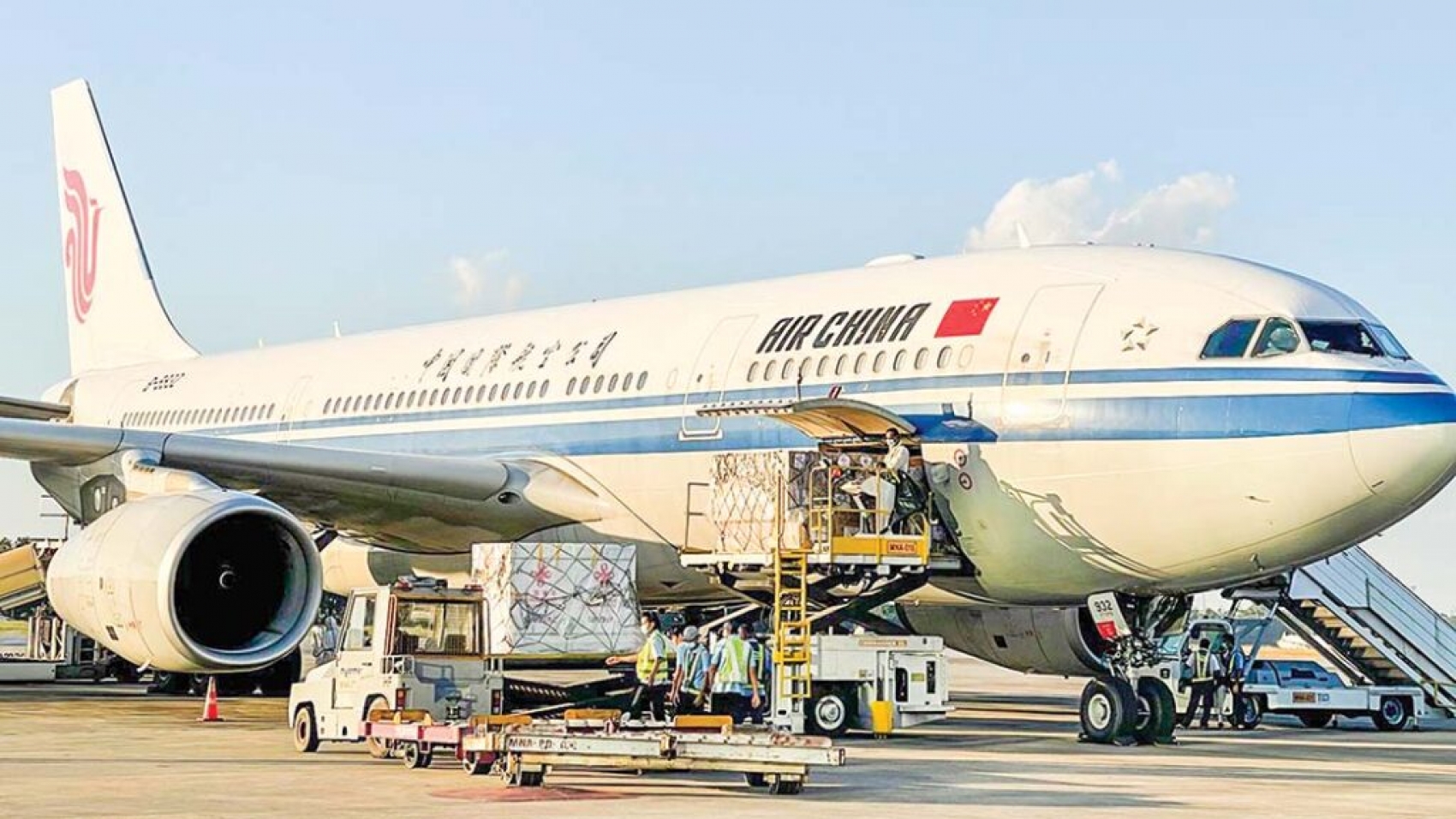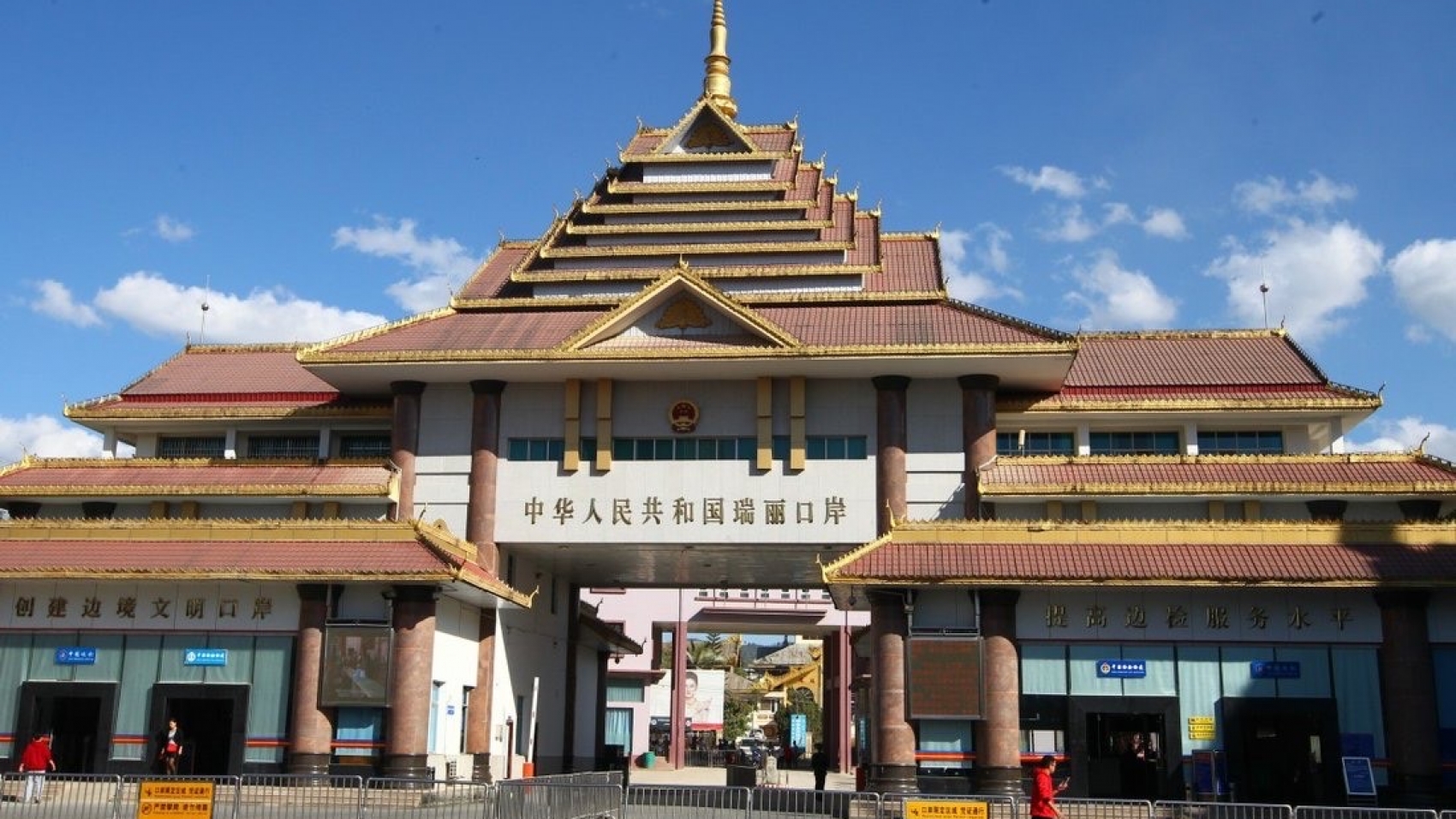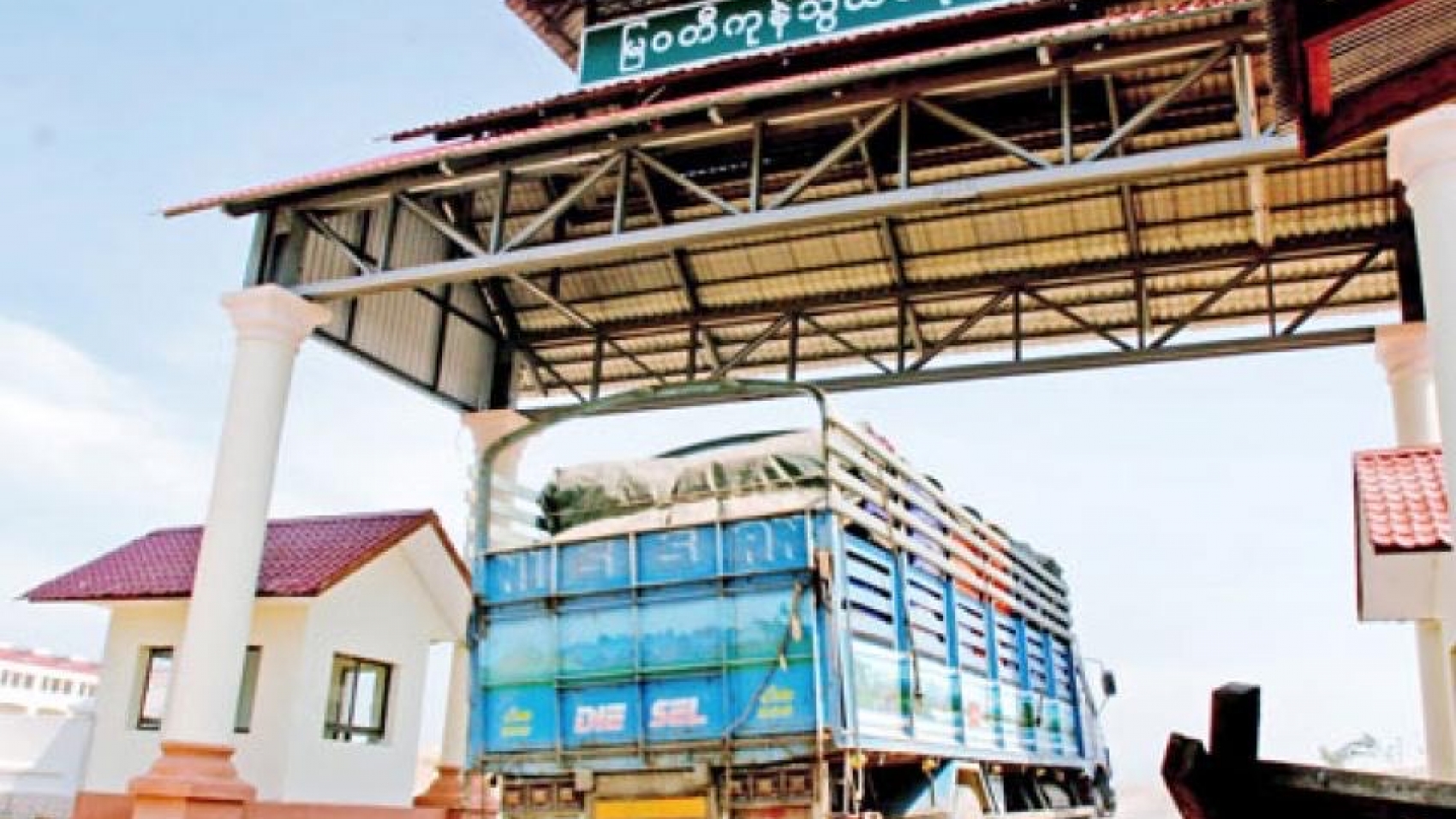Ministry of Health
Order No 522/2021
6th Waning of Tazaungmon 1383 ME
24 November 2021
THE Ministry of Health hereby announced the order by exercising the authority stipulated in Sub-Section (b) of
Section 21 of the Prevention and Control of Communicable Diseases Law.
- The Ministry of Health has taken preventive measures against Coronavirus Disease 2019
(COVID-19) in real time. Therefore, the orders were issued for the people from some
townships of Nay Pyi Taw, regions and states to stay at home in order to more effectively
control the infection of the pandemic. - However, as the people from these townships exactly abide by the disciplines of preventing
the COVID-19, further finding of decreasing confirmed patients within 14 days, declining of
group-wise
infection among the patients, the emphasis of the relevant governments, organizations and people in raising
health awareness during the stay-at-home periods, further finding of decreasing confirmed patients and contact
persons in laboratory tests within 14 days, and active participation of township administration bodies, health
staff, those from relevant departments and organizations and volunteers as well as the people in the prevention
and control of the pandemic were seen.
- Hence, the people residing in the following townships of the respective regions and states
were removed from the list of the Stay-at-Home programmes as of 4 am on 25-11-2021:-
(a) Union Territory, Nay Pyi Taw
(1) Zabuthiri Township
(2) Pyinmana Township
(3) Lewe Township
(4) Tatkon Township
(b) Kachin State
(1) Shwegu Township
(2) Mogaung Township
(3) Myitkyina Township
(4) Waingmaw Township
(c) Kayah State
(1) Loikaw Township
(d) Kayin State
(1) Myawady Township
(e) Chin State
(1) Tiddim Township
(f) Magway Region
(1) Natmauk Township
(g) Mandalay Region
(1) Myittha Township
(2) Madaya Township
(3) Thabeikkyin Township
(4) Meiktila Township
(5) Ngazun Township
(6) Taungtha Township
(h) Mon State
(1) Chaungzon Township
(i) Shan State
(1) Nawnghkio Township
(2) Hsipaw Township
(3) Kengtung Township
(4) Nyaungshwe Township
(5) Taunggyi Township
(6) Yaksawk Township
(7) Muse Township
(8) Lashio Township
(9) Laukkai Township
- The people must strictly abide by the disciplines related to the prevention and control of the
COVID-19 issued by the Ministry of Health after removing these townships from the list of
the stay-at-home programmes.
Dr Thet Khaing Win
Union Minister
Source: The Global New Light of Myanmar

